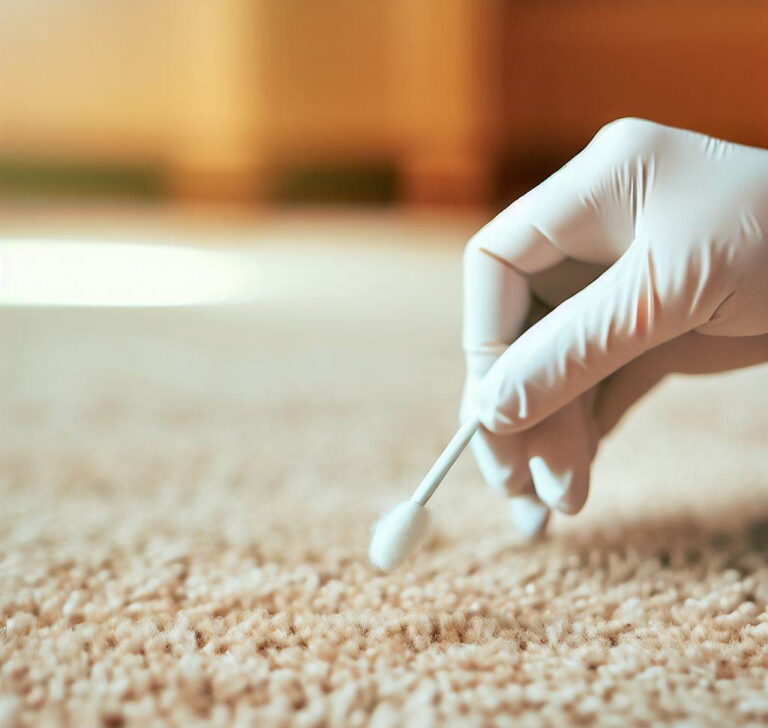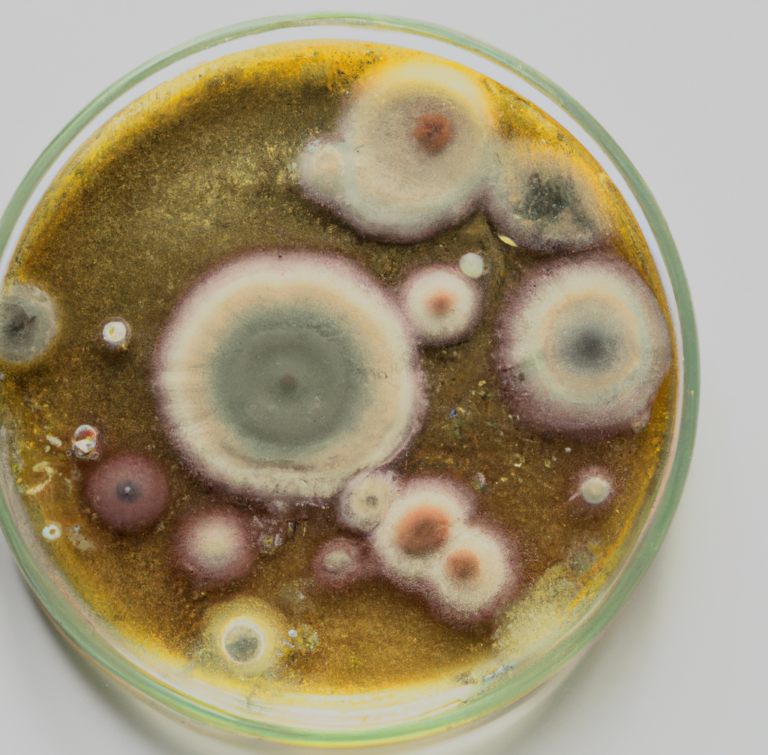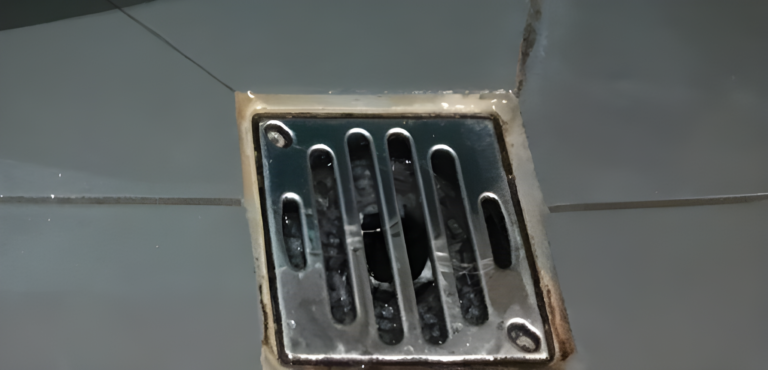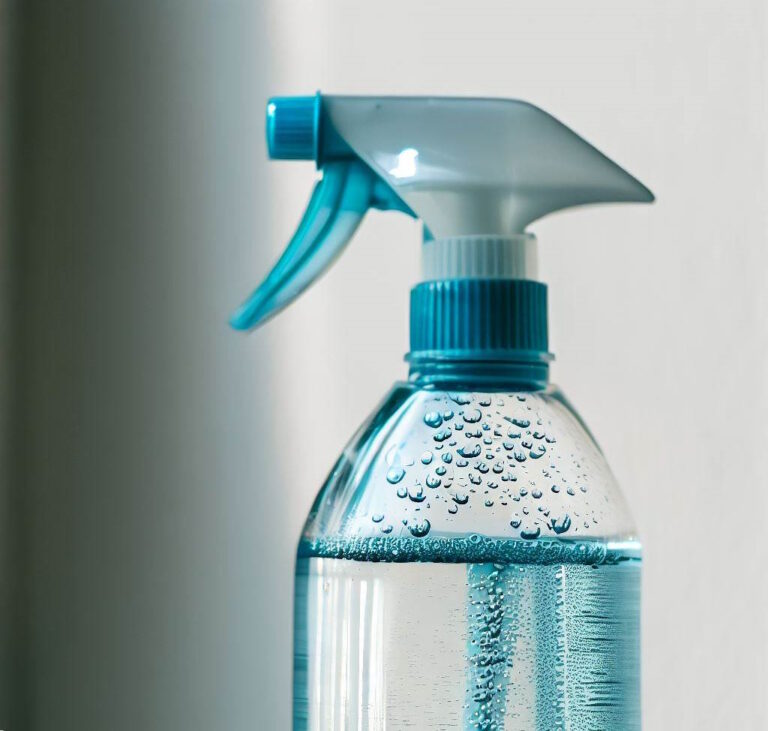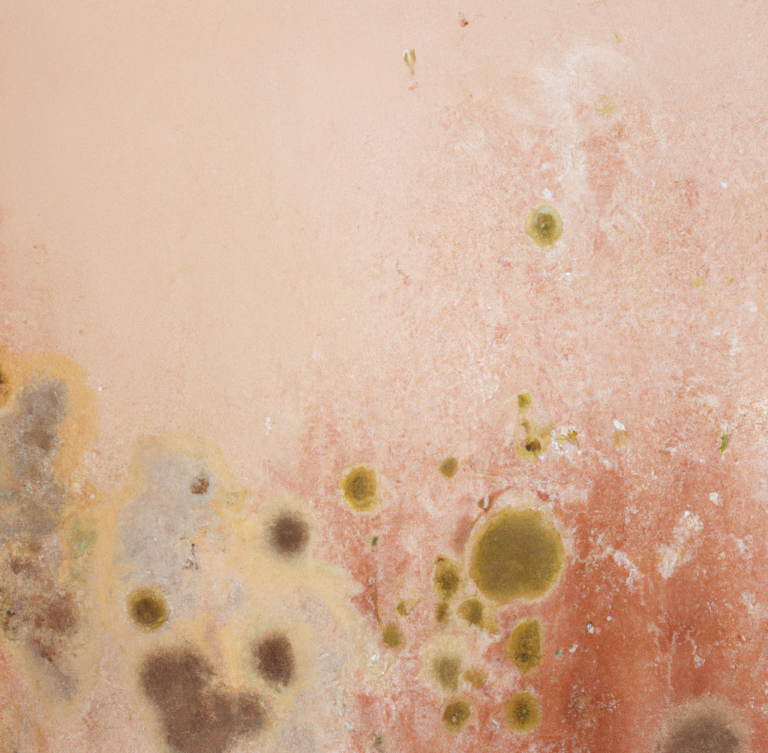Mold in Coffee: How Mycotoxins Get into Your Cup
Mycotoxins are toxic compounds produced by mold and other fungi. Most people are unaware that coffee is often contaminated with mycotoxins. Some mycotoxins are more toxic than others and can cause health issues. Approximately 45-55% of coffee tested contained mycotoxins. While mold growing on coffee beans can be visible, the mycotoxins in coffee are generally undetectable without lab testing. The amount of mycotoxins in any given cup of coffee is most likely negligeable, however; those who are sensitive to mold or
facing other health issues may want to avoid or limit the amount of mycotoxins in their food and beverages.
The content provided on this website is based on personal experiences with mold and is for informational purposes only. It is not professional advice. For accurate guidance, consult a licensed mold professional. Mold situations can vary, and relying solely on personal experiences may not be suitable for your specific circumstances. We recommend seeking professional assistance for mold-related issues. We disclaim liability for any reliance on the information provided on this website.
Understanding the Path of Mycotoxins in Coffee
Mycotoxins are toxic substances produced by certain types of molds that can contaminate various agricultural crops, including coffee beans. These harmful compounds are a natural defense mechanism for molds and can have adverse effects on human health when ingested. Mycotoxins can enter coffee beans at different stages of production, from cultivation and processing to storage and transportation. Factors such as inadequate drying, improper storage conditions, and exposure to high moisture levels can promote mold growth and subsequent mycotoxin production. Although there is debate about the health impacts of mycotoxins in coffee, it is important to be aware of their potential presence and take precautionary measures to minimize exposure.
- Cultivation and Harvesting: The journey of mycotoxins begins on coffee farms, where beans are cultivated. Excessive moisture during cultivation can create an environment conducive to mold growth. Harvesting the cherries at the right time and promptly removing any damaged or overripe cherries can help mitigate the risk of mold contamination.
- Processing and Drying: After harvesting, coffee cherries undergo processing to extract the beans. The wet processing method involves fermenting the cherries in water, which, if not handled carefully, can promote mold growth. Similarly, the dry processing method, which involves drying the cherries in the sun, can also lead to mold contamination if proper drying procedures are not diligently followed.
- Storage and Transportation: Once the coffee beans are processed and dried, they are stored and transported worldwide. Suboptimal storage conditions, such as high humidity or improper ventilation, can encourage mold growth. Additionally, inadequate packaging and improper handling during transportation can further increase the chances of mold contamination.
Selecting High-Quality Coffee Beans: Tips and Considerations
When it comes to ensuring high-quality coffee beans with minimal mold contamination, the following tips and considerations can help guide your choices:
Source from Reputable Suppliers and Independent Testing: Purchase coffee beans from trusted and reputable suppliers who prioritize quality control and have stringent measures in place to minimize the risk of mold contamination. It is also beneficial to choose suppliers who conduct independent testing of their coffee beans for mold and mycotoxins. Independent testing provides an additional layer of assurance regarding the quality and safety of the beans you are purchasing.
Consider Organic and Fair-Trade Certifications: While organic and fair-trade certifications are valuable indicators of ethical sourcing practices and reduced exposure to synthetic pesticides or fertilizers, it’s important to note that these certifications alone do not guarantee that coffee beans are free of mycotoxins. While organic cultivation methods can minimize the risk of mold contamination by avoiding certain chemicals, it does not eliminate the possibility entirely. Fair trade certifications primarily focus on ensuring fair prices and labor practices, rather than specifically addressing mycotoxin contamination. Therefore, it is essential to combine these certifications with other quality control measures, such as independent testing and reliable sourcing, to further minimize the risk of mycotoxin presence in the coffee beans you select.
Choose High-Altitude Coffee Beans: Opting for coffee beans grown at higher altitudes can significantly reduce the risk of mold contamination. Coffee plants cultivated in high-altitude regions are less susceptible to mold growth due to the natural deterrents present at those elevations. Additionally, high-altitude coffee farms often employ sustainable practices that minimize the need for pesticides and reduce the likelihood of mold development.
Buy Wet-Processed Coffee Beans: Wet processing, which involves removing the coffee cherry’s outer layers and drying the beans before hulling, has been shown to result in lower levels of mycotoxins compared to traditional drying methods. Wet-processed coffees are less prone to mold growth during the drying process, making them a preferable choice for those concerned about mycotoxins in their coffee.
Opt for Hand-Picked and Hand-Processed Coffees: When coffee beans are meticulously hand-picked and processed by skilled farmers, the end result is often a healthier and superior-quality coffee. Hand-picked beans undergo careful inspection, ensuring that only the finest beans make their way into your cup. Additionally, the manual processing of coffee beans reduces the risk of mold contamination that may occur during machine processing.
Decaffeinated Coffee Is More Susceptible: Interestingly, decaf coffee has a higher likelihood of mycotoxin presence compared to regular coffee. This is because the caffeine content in regular coffee acts as a natural inhibitor, preventing the growth of mold and the production of mycotoxins. In the decaffeination process, which involves removing most of the caffeine, some protective properties against mold are also eliminated. As a result, decaf coffee may be more susceptible to mold contamination if proper quality control measures are not in place during its production and storage. Therefore, when choosing decaf coffee, it becomes even more crucial to select reputable suppliers who prioritize stringent quality control and minimize the risk of mold contamination.
Exploring Safe and Flavorful Coffee Choices
Purity Coffee
Purity Coffee is an American company located in Greenville, South Carolina. Purity Coffee carefully selects beans from organic farms and collaborate with independent laboratories to analyze for mycotoxins in every batch. Purity Coffee offers a premium solution for those seeking the best option to enjoy a toxin-free coffee experience.
Kicking Horse Coffee
Kicking Horse Coffee is a Canadian coffee brand that conducts testing to ensure their coffee is free from mold and mycotoxins. They prioritize the selection of organic beans and collaborate with independent laboratories for quality assurance. It’s worth mentioning that Kicking Horse Coffee is owned by Lavazza, an Italian coffee giant (seventh-ranking coffee roaster).
Kion Coffee
Kion is a German health and fitness company specializing in energy-boosting products. Kion Coffee prioritizes the quality and purity of their coffee by sourcing 100% organic Arabica beans from sustainable and fair-trade coffee cooperatives. To ensure the absence of mold, mycotoxins, and pesticides, Kion Coffee conducts regular testing on every batch.
Mold in Coffee Makers: Prevention and Maintenance
In addition to ensuring the quality of your coffee beans, it’s essential to pay attention to the cleanliness of your coffee maker to prevent mold contamination. To keep your coffee maker mold-free and ensure a safe brewing experience, consider the following tips:
Vinegar Cleaning: An effective method to tackle mold and bacteria in your coffee maker is by running a vinegar solution through the brewing cycle. Mix equal parts white vinegar and water, then run the solution through the machine. Vinegar’s acidity helps remove built-up residue and inhibits mold growth. After the vinegar cycle, run plain water through the machine to rinse out any remaining vinegar taste.
Inspecting the Machine: If you have concerns about mold presence in your coffee maker, you may consider opening it up to inspect for any signs of mold. While this step is not necessary for regular maintenance, it can provide reassurance and peace of mind. By taking apart the machine, you can thoroughly examine the internal components where mold might hide, such as the tubing and valves.
It’s important to note that opening up your coffee maker for inspection is a decision that should be approached with caution. Keep in mind that it may void the warranty and requires technical knowledge and understanding of your specific model. If you are confident in your abilities and comfortable working with machinery, carefully disassembling the coffee maker can provide a more in-depth cleaning and allow you to address any potential mold issues.
However, if you discover extensive mold growth or suspect significant contamination in your coffee maker, it might be advisable to consider replacing the machine altogether. Mold can be difficult to fully eliminate, and a heavily affected coffee maker may pose health risks even after cleaning.
Conclusion
Remember, mycotoxins are substances produced by molds that won’t be visible to the eye. While organic and fair-trade certifications can contribute to reducing the likelihood of mold contamination, it is worth noting that these certifications alone do not guarantee the absence of mycotoxins. Therefore, it is advisable to combine these certifications with other quality control measures, such as independent testing and reliable sourcing, to further minimize the risk of mycotoxin presence in your coffee beans.





